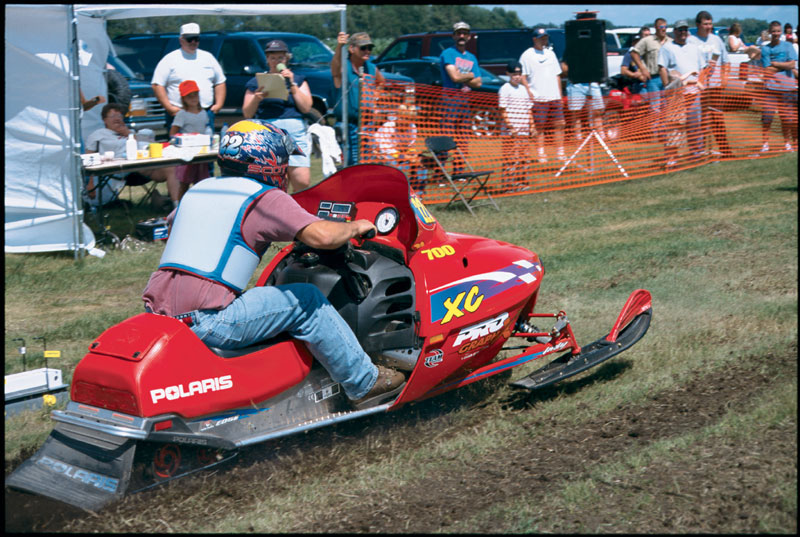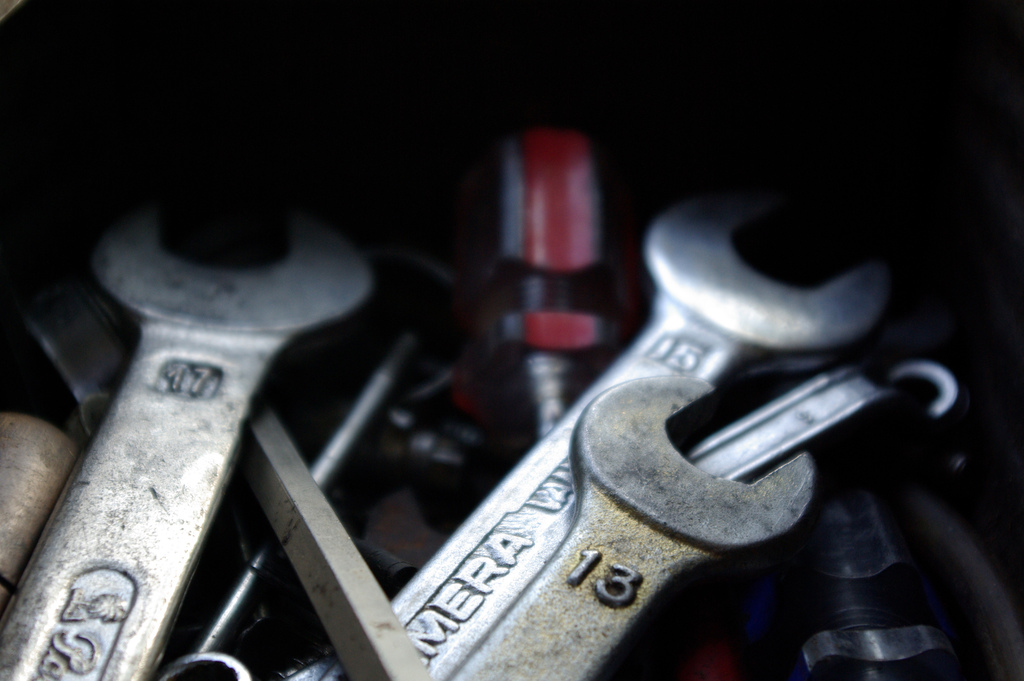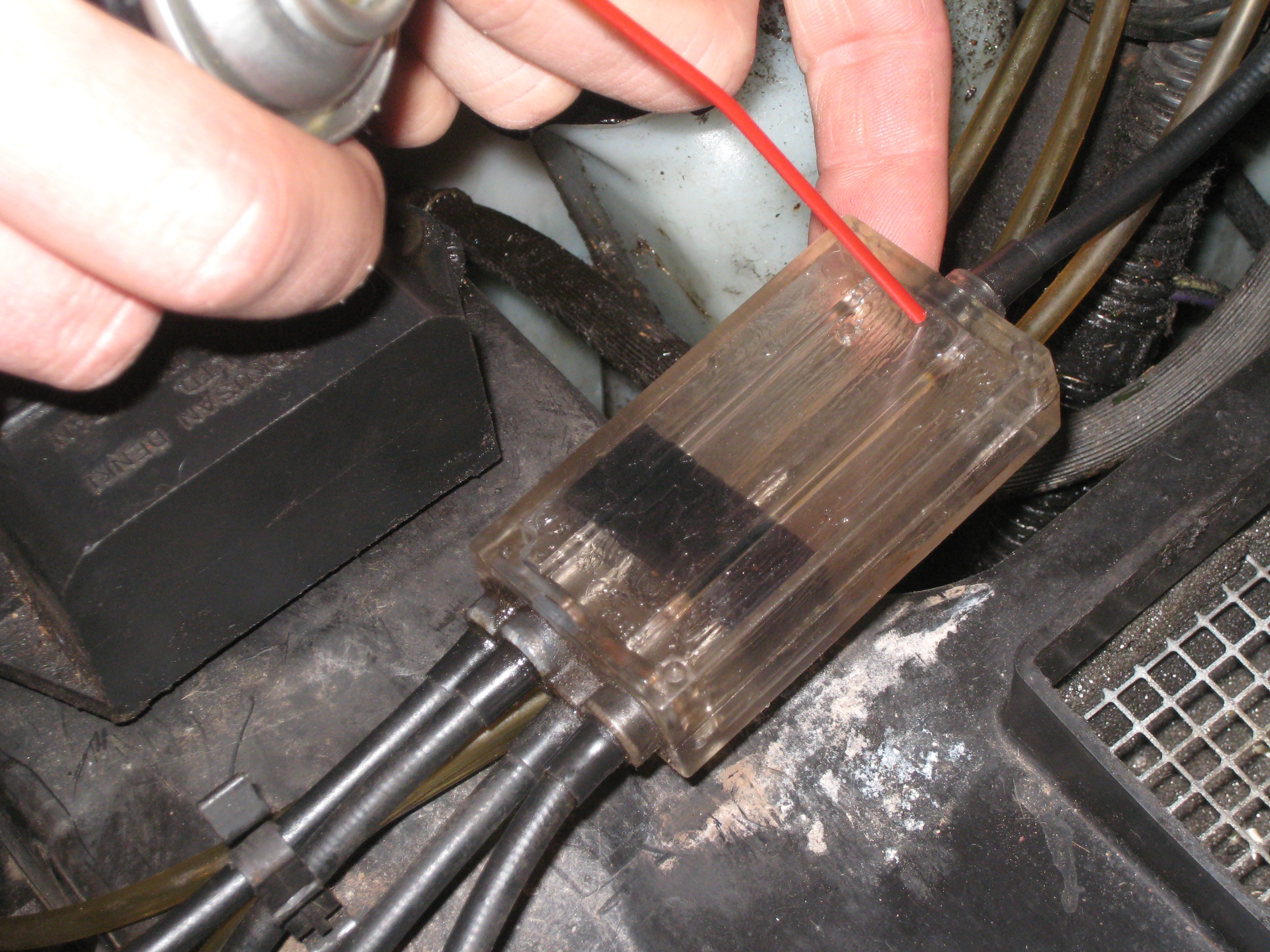Two-Stroke Piston Rings, A Primer
Perhaps you’ve seen that the pistons in most two-stroke snowmobile engines have two rings, yet other powerplants have only one ring per piston. Here’s why.
Pistons in most Arctic Cat, Polaris and Yamaha two-stroke snowmobile engines are fitted with two rings. Most of Ski-Doo’s Rotax engines have one ring per piston. Ski-Doo claims a single-ring piston has less drag, which allows the engine to rev quicker at low engine rpm. These engines are specially designed for this setup.
Each ring on a dual-ring piston serves an important job. With some designs, the top ring relies on pressure inside the combustion chamber to push the ring up and out of the ring groove so it forms a good seal against the cylinder wall. The ring also scrapes oil from the cylinder wall during the up-stroke, also to form a good seal.
The bottom ring provides stability for the piston so it doesn’t rattle, and it helps transfer heat from the piston to the cylinder lining and eventually away from the engine altogether. In some cases, 50 percent of an engine’s thermal energy is transferred through the piston rings.
Pistons and rings must be installed correctly; the upside must face up and the rings must be put in their respective groove (this applies mostly to advanced, late-model two-stroke engines). If a piston is installed backward, the ring end gap will catch on the exhaust port and cause serious damage to the cylinder, piston and rings.
Internal engine parts usually have a mark of some type to indicate how the parts should be installed. Some pistons will have an arrow on the piston crown that points toward the magneto, for example, and rings will have a notation so the mechanic knows which side faces up. These vary by manufacturer, so if you’re going to rebuild an engine, look at a service manual so you can get this information and do the work correctly.





